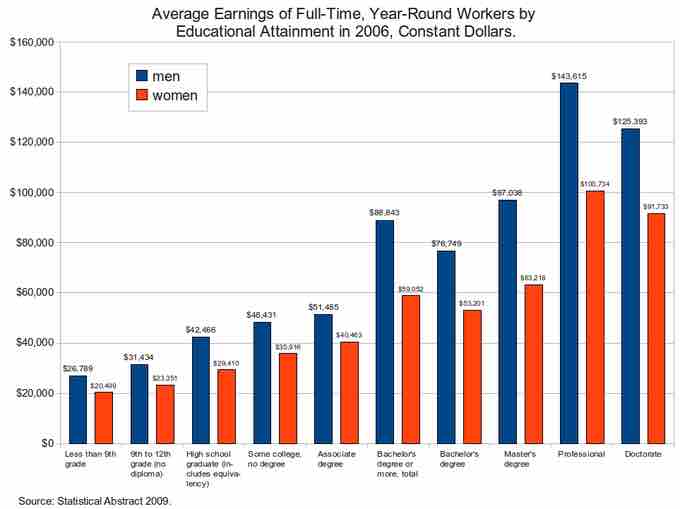Despite various trends towards a more diverse workplace, some barriers still limit progress. Though the advantages of diversity are well established, difficulties from a managerial and organizational perspective can reduce optimal incorporation of different cultures. The implementation of a more diverse workforce faces obstacles in both the assimilation of new cultures into the majority and wage-equality and upper-level opportunities across the minority spectrum.
Communication Barriers
The challenges of assimilating a large workforce can be summarized as difficulties in communication and resistance to change from dominant groups. Avoiding miscommunication within teams and work groups can be a substantial challenge when there is a high variance in employee background, as differing predispositions and cultures often result in different forms of expression. These differences can lead to less effective teams and reduced synergy in work groups. Solving communication issues requires self-monitoring and empathy. Put simply, individuals need the presence of mind to think carefully about both themselves and their audience when working in groups.
Resistance to Change
Resistance to change is a slightly different barrier to assimilating more diversity in work groups, as it pertains more to the momentum of company culture. Diversity affects organizational norms by creating the need for flexibility and evolution towards a broader culture—a need that is sometimes met with resistance. Resistance forces minorities to bear the burden of changing to fit the existing culture, thereby limiting the initial value of having new perspectives in the first place.
In the organizational journal article "Cultural Diversity in the Workplace: The State of the Field," Marlene G. Fine comments that "those who assimilate are denied the ability to express their genuine selves in the workplace; they are forced to repress significant parts of their lives within a social context that frames a large part of their daily encounters with other people."
Fine expands upon this concept by pointing to the energy involved in assimilating to these situational cultures, emphasizing how minorities have less energy to deal with their actual job responsibilities as a result. Arguably the largest downside of assimilation, however, is that when diverse employees do most of the acclimating, the value of having varying perspectives is diminished.
Wage Equity
The barriers discussed so far support the idea that opportunities, particularly at the higher level, are not equally distributed. This misallocation of human resources is called the glass ceiling. The glass ceiling represents an invisible barrier to employees of minority backgrounds, one that keeps them from achieving executive positions in corporations.
The consistency of the gap between wage and education levels in males and females offers concrete evidence that the barriers to diversity in the workplace still exist. Though this gap highlights gender inequality in particular, the strength of the empirical data suggests that a glass ceiling could apply to any minority group.

Average Earnings by Educational Attainment in 2006
Wages grouped by gender and education reveal a "glass ceiling" for women in the workplace, and the wage gap between men and women only grows as educational attainment increases. Men with doctorate degrees earned an average of $125k and women with doctorate degrees only $92k in 2006.
Developing a heterogeneous company culture, through effective communication and well-informed organizational behavior concepts, is the most effective approach to achieving a more equitable and diverse workplace. Understanding the barriers to effectively assimilating, with a particular focus on communication and avoiding group biases, is a critical step in creating a more conducive environment.